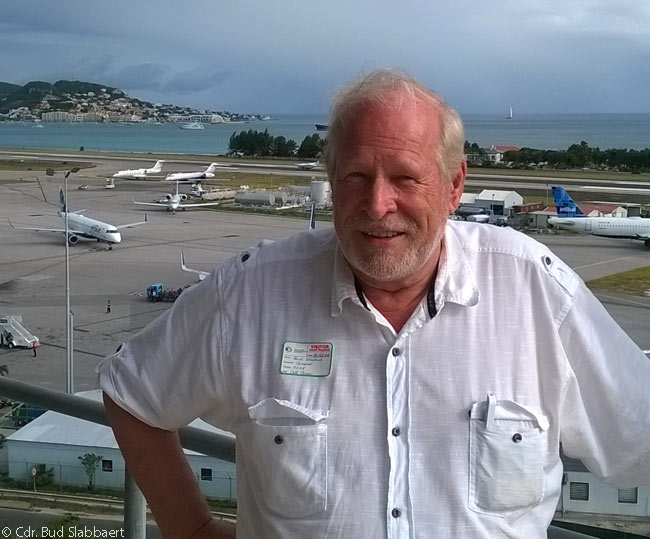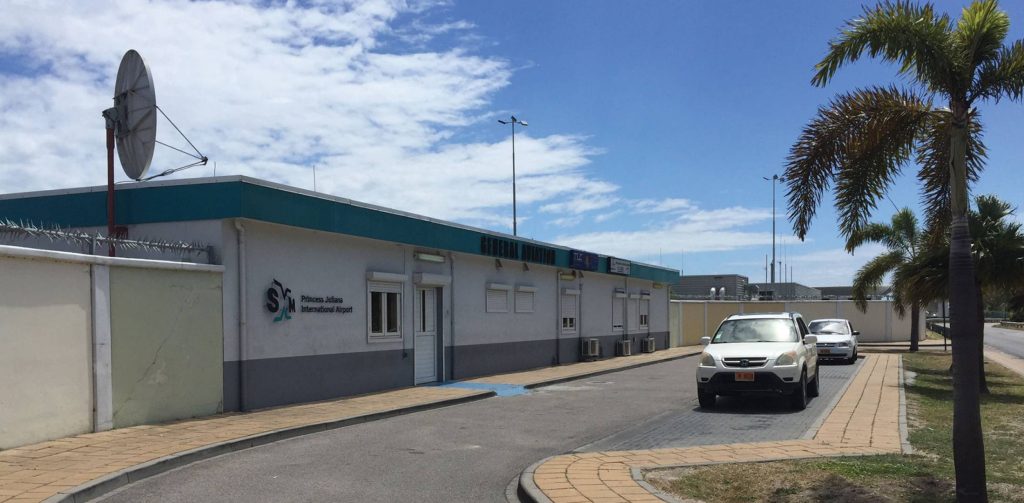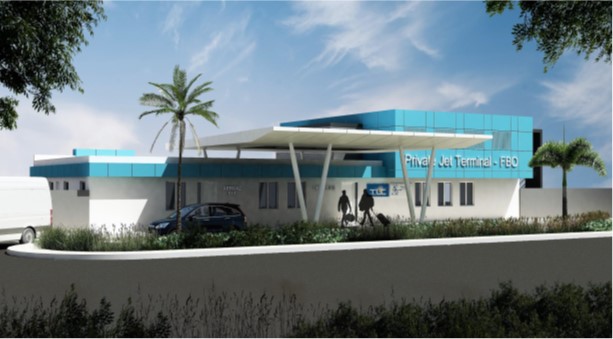What an FBO-facility ought to look like

PHILIPSBURG — Aviation expert Cdr. Bud Slabbaert, a columnist for Bluesky and Business Airport International has expressed on many occasion his thoughts about what a proper FBO (Fixed Base Operator) at any airport ought to look like. So far, the FBO-facility at Princess Juliana International Airport is falling short of expectations.
Slabbaert’s key observation is this one: “Business aviation airports and FBOs should generate 50 percent of their revenue from non-aviation and land-side activities.”
So how does any FBO achieve that? Slabbaert points out that there is a difference between American FBOs and similar facilities elsewhere. But it does not hurt to look at the minimum requirements American FBOs have to meet.
In 2009, 3,138 American businesses met these standards. So what are they? An FBO must operate under a lease with an airport-owning authority; it must (of course) dispense aviation fuel; and it must perform at least one for four basic services.
Slabbaert describes those services as follows: line service (may include tie-down and hangar services); technical services like airframe and engine maintenance; aircraft rentals charters, aircraft management and/or aircraft sales; and flight instructions.
There is yet another core element to be considered and Slabbaert refers in this context to what the former German airport Berlin Tempelhof had to offer.
In its heyday, the airfield used 300 hectare and the airport building another 55 hectare. The airport building was 1.2 kilometers long and it was home to one hundred tenants, from the chief of police to a dance school. The airport closed down on October 30, 2008, at midnight.
Slabbaert’s interest in Tempelhof focuses on its FBO-facility. It had a mile-long 12-meter high canopy roof, covering 52 meters so that planes could taxi all the way to the building, enabling passengers to board and disembark protected from the elements.

The service in the FBO, and the way its visitors are treated is another chapter altogether. Slabbaert cites countless complaints about the way pilots and other visitors are treated with ignorance and at times complete disinterest. Definitely not the way to go if you want to make a name in the highly competitive aviation world.
FBOs and airports are not just about making money (though of course they do have to make money, otherwise they would go out of business). But Slabbaert points out that there are different ways to do this. Focusing exclusively on revenue and on how much money an FBO can extract from its visitors is not the path to success.
FBOs will have to make pilots feel at home, because at times they have many hours to burn between flights. In this context, Slabbaert has made references to the Royal Air Force Station in Northolt (UK) he once visited. It sports the Churchill- and Windsor-lounges. “Effectively, the British Royal family’s personal FBO,” Slabbaert observed. He discovered that these lounges are not palace-like, as one might expect. “No marble, no Greek statues, just homely.”
Slabbaert scoffs at the idea that an FBO ought to look modern and sleek. “Are we flying to a museum of modern art, a stylish gallery, an efficient professional working place or do we long for an oasis during stressful travel and meetings?”
Surely, that is something to think about for the FBO-facility at Princess Juliana International Airport.
























